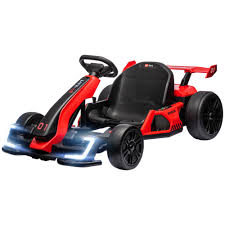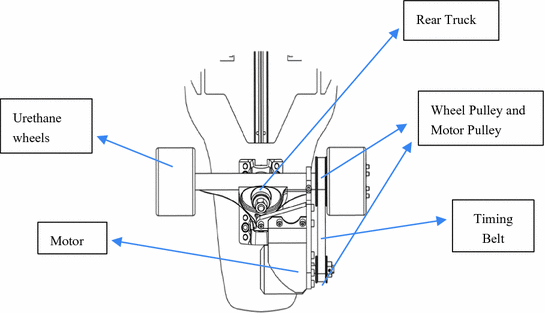Electric go-karts are small vehicles powered by electric motors and batteries instead of gasoline. Because they are compact and simpler than full-size electric cars, go-karts are useful as demonstration vehicles, classroom projects, and short-distance personal transport. Engineers and student teams have been adapting electric karts for campus transportation, competitions, and hands-on learning, showing how the same basic electric-vehicle ideas scale down to low-speed transportation and education.
One way electric go-karts could serve as an alternative to conventional transportation is for short trips on campuses, neighborhoods, or inside large facilities where speeds and range demands are low. Recent student prototypes designed for campus use demonstrated that lightweight electric karts can reach useful speeds and ranges for short commutes while producing no tailpipe emissions and lower operating costs than gas engines. Student racing and design programs also show that schools can safely adopt electric karts for supervised transport or shuttle roles in closed environments while using the projects to teach STEM skills.
Solar panels and other alternative energy sources can help power electric go-karts, but there are tradeoffs. Small solar panels can supplement or gradually charge batteries and have been used in student builds and DIY conversions to extend range or demonstrate “solar assist” concepts. For practical on-vehicle solar charging, panels must be large and efficient enough to produce meaningful energy relative to the vehicle’s motor and battery, something that’s easier to show in short, sunny test runs or when solar is used to recharge batteries off-board rather than to run the kart continuously. Other alternatives, such as swappable battery packs, regenerative braking, and charging from renewable grid sources, are often more realistic for everyday use than relying solely on on-board solar.
Driving electric go-karts brings clear benefits and some drawbacks. Pros include zero tailpipe emissions, lower maintenance (no oil changes or carburetor tuning), quieter operation, and fine speed control that’s good for learners and indoor tracks. Cons include limited battery range and charging time compared with fuel refills, initial battery cost, and a safety concern tied to quiet operation. Because electric karts are much quieter than gas models, pedestrians or other drivers may not hear them approaching, which can reduce situational awareness in mixed traffic areas and increase collision risk if appropriate safety measures aren’t used. In addition, smaller vehicles require careful design for structural safety, seatbelts, and emergency cutoffs—all elements student teams and designers are actively improving.
Electric go-karts are a promising platform for teaching, racing, and short-range transport when used thoughtfully. They offer a low-emission, low-maintenance alternative for controlled routes and are excellent hands-on learning tools for students exploring EV tech and renewable energy. At the same time, realistic planning about range, charging, and safety and smart use of supplementing technologies like off-board solar charging or swappable batteries will make them safer and more practical if a school or community hopes to use them for everyday transportation.
Works Cited:
Dahlan, H., et al. (2025). Design and development of an electric gokart prototype “E-Andalasian” for sustainable campus transportation. https://doi.org/10.25077/
Dnistran, I. (2025, May 8). Solar-powered hoverboard go-kart looks like sketchy fun. https://insideevs.com/news/
Newport News Public Schools. (2024, April 25). Point Option science students build, test drive solar go-karts. https://sbo.nn.k12.va.us/news/
Purdue University. (2025). evGrandPrix. https://engineering.purdue.






